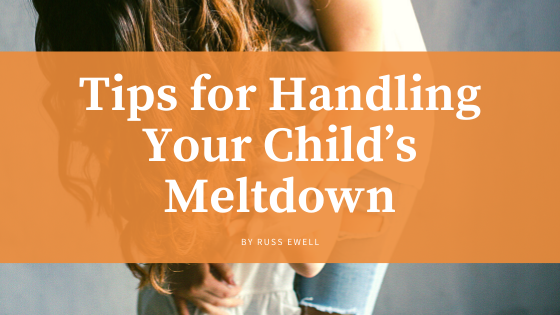A child’s meltdown can quickly change a peaceful afternoon into a nightmare. New parents may struggle to find the right way to handle the meltdown that decreases its chances of happening in the future. While no child is the same, here are a few great tips that can be adjusted to fit a variety of children and their needs.
Learn the child’s triggers
Children can often become overstimulated by various situations, noises, or people. They may not want to do certain activities or chores and feel anxious about spending time outside of the home. Any emotion can develop into a meltdown. Parents should take the time to spot patterns in their child’s behavior that might indicate what is causing an emotional reaction.
By limiting instances that cause uncomfortable feelings and encouraging healthy, clear ways of communicating, parents can recognize when their child needs a break. Learning these cues will also help teachers at school, grandparents, and babysitters to better understand what they can do to help the child feel safe and communicate their feelings.
Establish a reward system
A reward system can be utilized to encourage the right behaviors without discouraging the child. Tokens are a great way to barter with children who want to be rewarded. Tokens can be given for displaying the right behaviors like cleaning up and being honest.
Children should feel encouraged to earn more tokens without fearing being denied tokens. For example, every good action no matter how small should be rewarded. If a child does poorly at school and brings home a bad grade, they should still receive a small reward for showing the assignment to their parents instead of hiding it.
Maintain rules and boundaries
Parents may struggle to maintain the rules when they don’t seem to initially work. A child may be upset they’re not getting enough tokens to do what they want or end up having a meltdown anyway. By staying calm and maintaining the established rules, the parent can successfully manage their child’s emotions. Meltdowns, fits, and tantrums will still happen even if the parent knows all their child’s triggers. Remaining steadfast and empathetic are great ways to connect and work with a child.

